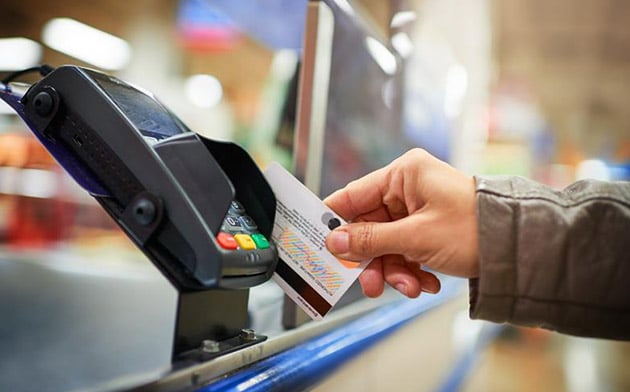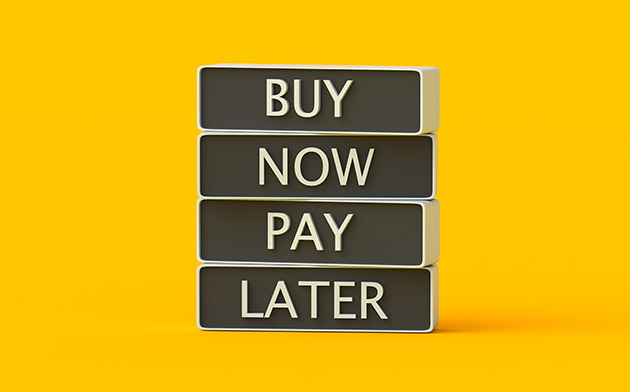Recently, consumers were warned by the Oregon Attorney General’s office to be on the lookout for a statewide card-skimming scam. Simply put, card skimming is when an illegal device is used to steal debit or credit card information from point-of-sale terminals, ATMs, or gas pumps.
 The current scam in Oregon targets mostly people who rely on Electronic Benefit Transfer cards, used by thousands of families to access food and cash assistance. They hit rural-area discount stores and small markets and install skimmers on point-of-sale terminals that capture card and PIN information.
The current scam in Oregon targets mostly people who rely on Electronic Benefit Transfer cards, used by thousands of families to access food and cash assistance. They hit rural-area discount stores and small markets and install skimmers on point-of-sale terminals that capture card and PIN information.
Card-skimming cases are on the rise. And like most scams, card skimming has evolved with technology to become a sophisticated and hard-to-detect form of financial crime.
Fortunately, financial institutions and law enforcement are constantly developing new security features to counter these scams. There are also preventative measures consumers can take to stop it from happening.
How do skimmers work?
Card skimming comes in many forms—and sometimes doesn’t even involve a physical card. Here are the most common skimming methods, some of which can be installed discreetly in a matter of seconds:
- Card reader/keypad overlays. A fraudulent card reader is placed over an existing one, or a fake keypad is installed on top of an ATM or gas pump pad. When you swipe your card or type your PIN, the device intercepts the data before the transaction proceeds normally.
- Shimmers. For EMV-chipped cards, criminals insert a tiny device inside the card slot, which is more difficult to detect than an external skimmer.
- Hidden cameras. A small, discreet camera is installed nearby to record you entering your PIN.
- Internal skimmers. Skimmers are sometimes hidden inside the machine's internal wiring, making them undetectable from the outside. Gas pumps are a popular target for these devices.
- Digital skimming: Also known as e-skimming, this method involves hackers placing malicious code on e-commerce websites to steal card data during online checkouts.
How to protect yourself from skimming
There are numerous ways for consumers who carry cards to avoid being scammed by a skimmer:
- Get notified. If you’re a SELCO member, you can monitor your account and card activity in digital banking by enabling card controls (transaction limits, restrictions, spending limits, etc.) and alerts ranging from detecting suspicious activity to letting you know when a type of transaction has been made.
- Go digital. All SELCO cards are contactless, but if you want to take your security a step further, you might consider adding your cards to a mobile wallet. Because mobile wallets use a unique, one-time code for each transaction, a skimmer won’t be able to capture your actual card number.
- Credit over debit. If you prefer using a physical card, a credit card offers more protection. SELCO Visa® Platinum cards have Visa’s zero liability protection, meaning a cardholder isn’t financially responsible for unauthorized charges.
- Inspect & cover up. Carefully look at an ATM or a card reader for tampering. A loose or misaligned keypad or card reader could be a sign of a skimmer’s overlay device or a hidden camera. Covering the keypad with your hand can also prevent a camera from capturing your information.
- Additional tips for those receiving EBT benefits. If you see a charge you didn’t make, report it immediately, cancel your card, and request a replacement. For added protection, consider freezing your EBT card when you’re not using it or changing your PIN regularly. Finally, only use the official ebtEDGE website and mobile app to view and manage your EBT card.
As technology continues to advance, card skimming can be hard to spot. By taking extra precautions, however, you can stay a step ahead of even the most savvy skimming scams.


